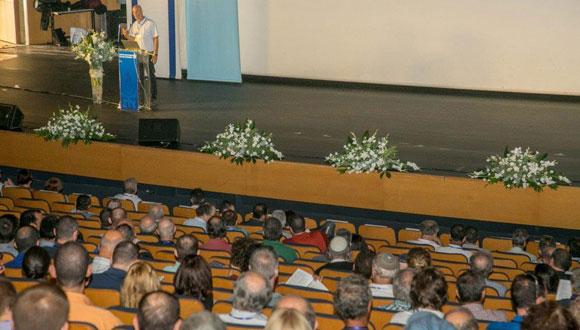Physics Colloquium: INFORMATION FLOW IN A JAMMED PACK
Professor Thomas Witten, James Franck Institute, University of Chicago
Abstract:
Imagine a few thousand small solid spheres dispersed in a large box. The spheres gradually expand, displacing one another until they are no longer free to move. The resulting state of “marginal jamming” is qualitatively unlike conventional solids characterized by elastic constants. Thus a force applied to one sphere and propagating through the jammed system cannot be described via conventional elastic deformation modes. Instead the deformation is described by a new class of “marginal modes” that act as conduits for force. These modes reflect the “isostatic” duality of the marginally jammed state: the deformations may be specified on an equal footing either by the vector sphere displacements or by the scalar contact separations. Here we measure the ability of a marginally jammed system to transmit perturbations of one surface to the opposite surface. New simulations suggest that this transmission is limited by a weak form of localization of the marginal modes that was not previously recognized. We contrast this localization with the topologically protected modes seen in certain constructed isostatic systems [cf. Sussman, Stenull, Lubensky 2015].


